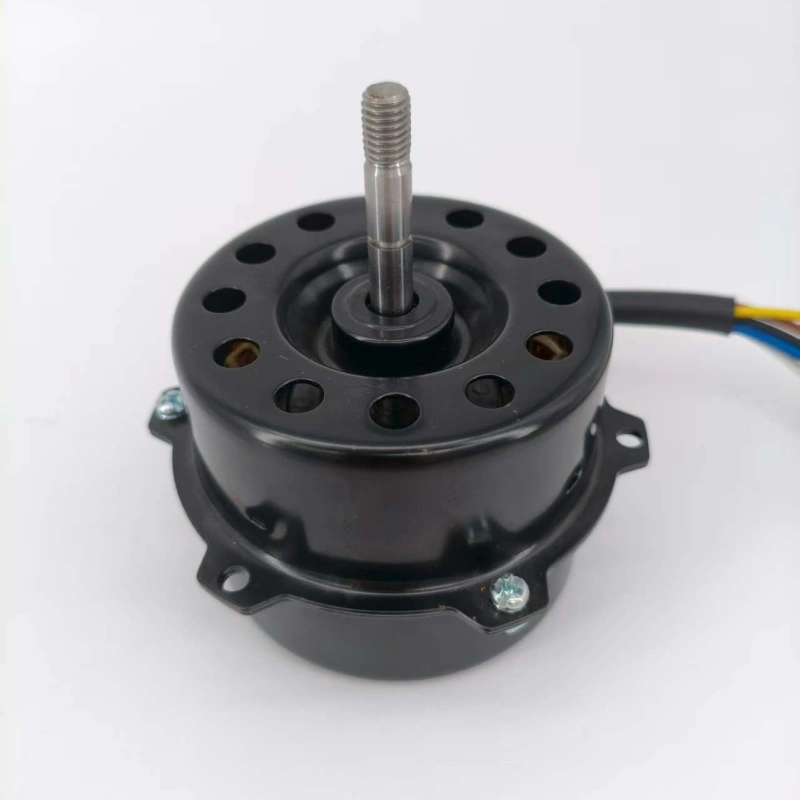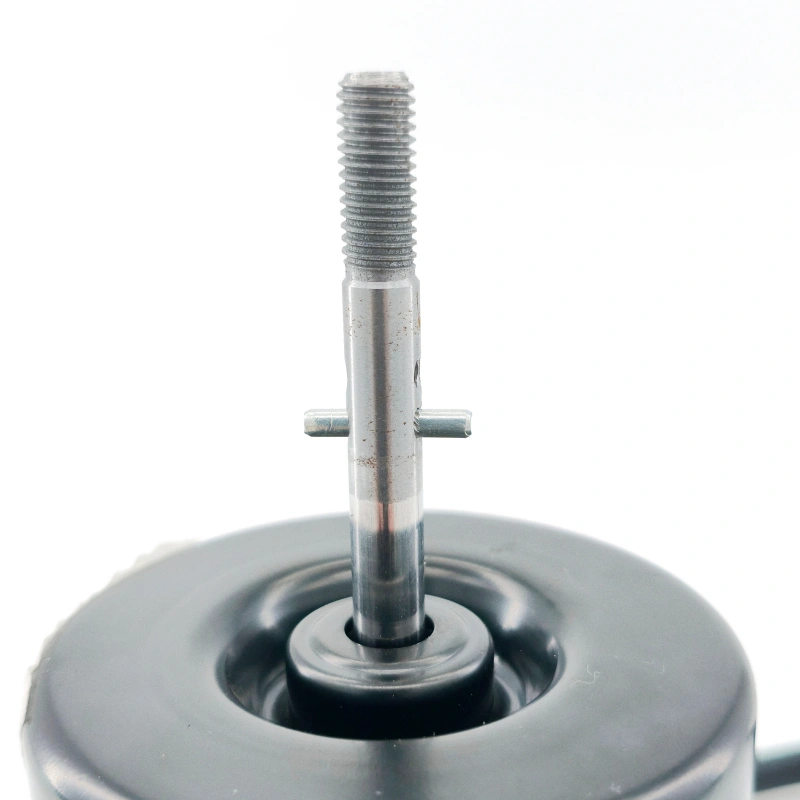The cost price of an AC motor is not a fixed value, but is determined by four core dimensions: design scheme, core materials, production process, and batch size. The specific factors under each dimension directly affect the cost composition.
The following is a detailed breakdown of key influencing factors to help understand the essence of cost differences:
1、 Core material cost: accounting for 60% -80% of the total cost, it is the cornerstone of the cost
The “hardware cost” of motors mainly focuses on three categories of materials: conductive, magnetic, and structural. The selection and amount of materials directly determine the basic cost, and the difference in material cost can reach several times under different specifications/performance requirements.
Conductive materials (stator winding, lead wire): 1. Material: Pure copper winding (high conductivity, low loss, high cost) vs aluminum winding (30% -50% lower cost, but low efficiency and easy heating); Wire diameter/length: The higher the power, the thicker and longer the winding wire diameter, resulting in an increase in copper/aluminum usage and a year-on-year increase in cost.
Magnetic materials (stator core, rotor core):
Grade of silicon steel sheet: high silicon steel sheet (such as 35W300, high magnetic permeability, low iron loss, used for high-efficiency motors, with a cost 20% -40% higher than ordinary silicon steel sheet) vs ordinary silicon steel sheet;Stacking density: The tighter the core laminations (reducing magnetic resistance), the higher the processing difficulty and material utilization requirements, resulting in a slight increase in cost.
Structural materials (casing, end cover, bearings, shaft): Material of casing: aluminum casing (lightweight, corrosion-resistant, 15% -30% higher in cost than cast iron, used for small/outdoor motors) vs cast iron casing (high-strength, low-cost, used for medium and large industrial motors);Bearing grade: ordinary deep groove ball bearings (low-cost) vs precision bearings (such as SKF and NSK brands, with long service life, low noise, and a cost increase of more than 50%);
Shaft material: 45 # steel (ordinary motor) vs alloy steel (high load motor, 30% higher cost).
2、 Design and Performance Requirements: Determining the ‘Cost Allocation Direction’
The design goals of motors, such as power, efficiency, speed, and protection level, directly affect material selection and process complexity, and are the core driving force for cost differentiation.
Power and speed
The higher the power, the thicker the winding, the larger the iron core (increasing the magnetic field area), and the stronger the structural components (withstanding greater torque) are required. The material consumption and specifications increase synchronously, and the cost shows a “step like growth” (for example, the cost of an 11KW motor is about 5-8 times that of a 1.5KW motor, rather than a simple power multiplier).
Special speed: High speed motors (such as 10000rpm and above) require optimization of rotor dynamic balance and use of high-temperature resistant insulation materials (such as polyimide), while low-speed high torque motors require additional reduction structures or rotor diameters, which will increase design and material costs.
Efficiency level
Ordinary efficiency motor (such as IE1): can use ordinary silicon steel sheets and aluminum windings, with high iron and copper losses and low cost;
Efficient/Ultra Efficient Motors (IE3/IE4): High grade silicon steel sheets, pure copper windings, optimized iron core structure (to reduce magnetic losses), and even the addition of permanent magnets (such as permanent magnet synchronous motors) are required. The cost is 30% -60% higher than IE1 motors, but the long-term energy consumption is lower (end users are more willing to pay for high efficiency).
Protection and environmental adaptability
Basic protection (IP23): only protects against solid foreign objects, with a simple structure and low cost;
High protection (IP54/IP65): Additional sealing gaskets, waterproof bearings, dust-proof end caps, and even special coatings (anti-corrosion) are required, resulting in a cost increase of 15% -30% (for outdoor, humid, or dusty environments such as water pump motors and fan motors).
Special functional requirements
If “variable frequency speed regulation” (adapted to the frequency converter) is required, it is necessary to optimize the winding insulation (resistant to high-frequency voltage impact) and increase the thermistor (overheat protection);
If “explosion-proof” is required (for chemical scenarios), explosion-proof enclosures and spark free structures should be used, which can double or even increase the cost of such special designs.
3、 Production process and scale: affecting ‘unit cost efficiency’
The same design scheme, the complexity of production process, and batch size will directly affect the final value of “unit cost”.
Production process complexity
Automation level: Automated winding machines used in large factories (high efficiency, low scrap rate, high initial equipment investment, but low unit cost after mass production) vs. manual winding in small workshops (high scrap rate, low efficiency, 20% -40% higher unit cost);
Precision machining requirements: rotor dynamic balancing (high-speed motors require “double-sided dynamic balancing”, which is 30% more expensive than ordinary balancing), iron core lamination (laser welding vs ordinary riveting, the former is more expensive but structurally stable);
Testing process: Full inspection (measuring efficiency, temperature rise, and insulation of each unit, with a cost increase of 5% -10%) vs sampling inspection (only measuring basic parameters, with low cost but high quality risk).
Production Batch (Scale Effect)
Large scale production (such as more than 10000 units): Materials can be purchased in bulk (with strong bargaining power, reducing material costs by 10% -20%), mold cost sharing is low (such as shell die-casting molds, the larger the batch, the less mold cost sharing per unit), and unit costs are significantly reduced;
Small batch/customization (such as less than 100 units): The material procurement quantity is small (without bargaining power), and the production line needs to be adjusted separately (with high process switching costs). The unit cost is 30% -50% higher than that of large batches (for example, customizing a special power motor may cost twice as much as the standard model).




